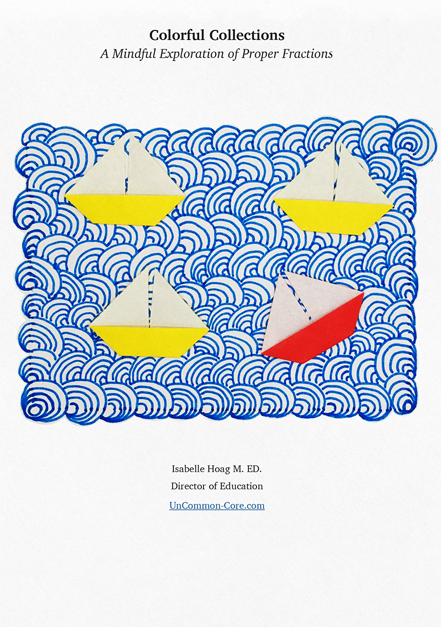Why is it so important to play math?
There are several reasons that it is important for students to ‘play math.’ First, it’s more fun than sweating over ‘drill and kill’ math worksheets. Next, everyone learns better when they are relaxed and having fun. Also, playing around with numbers, relationships, and ideas gives students a sense of ownership. Finally, messing around with numbers and mathematical ideas creates a fantastic context for skill practice.
It is easy to recognize play as “the highest form of research,” (N. V. Scarfe) or play as “the work of the child,” (Maria Montessori) however, planning lessons that bring out the joy in doing long division is just as difficult as it sounds. Plus, we know that learning math isn’t all fun and games. Mathematical concepts are precise. Academic terminology is detailed and can be confusing. And there are fractions! Parentheses! Variables! Many students ask, ‘When are we going to use this in real life?’ Which can be tricky to sell to young people. Most students have seen their parents and others reading or writing, but how often have they seen anyone calculating? Sure we measure in the kitchen and check the bill at restaurants and stores, however these are fleeting experiences that take a few minutes and not much more.
Teachers feel the pressure of society bearing down upon our everyday lessons. We have been trusted to create the next generation of geologists, physicists, engineers, statisticians, accountants, bankers, brain surgeons, and rocket scientists. How then, can we justify giving the brain trust of the future time to mess around with colorful blocks, counters, pens and paper? Isn’t play too trivial to include in the serious implementation of the curriculum? The simple answer is, ‘no.’
Playing around with objects and ideas accomplishes several important goals in math class. Students need to understand and be familiar with manipulatives before they can use the manipulatives to learn. They have to learn about the number line before they can use the number line to learn.
adds imagination perspective taking new point of view fresh look at same ofd same old
Share This Story, Choose Your Platform!
Download Colorful Collections:
A Mindful Exploration of Proper Fractions
Help your students make sense of fractions.
I started teaching in 1987, which means I’ve collected many tips and tricks along the way. In this ebook, I share concepts, strategies, and classroom materials to help you make math sticky.
Along with this useful ebook, you will receive weekly emails from StickyMath@UnCommon-Core.com. I send information like: teacher tips, educational ideas, book reviews, curated lists, reviews of educational sites, and free first drafts of products that I’m creating for my TPT store. That way, you get helpful ideas and free stuff, while I get some feedback before I finalize products and put them up for sale.
I value your privacy. I will never sell your information. You may unsubscribe at any time.
All the best!
Isabelle
Isabelle Hoag M. Ed.

